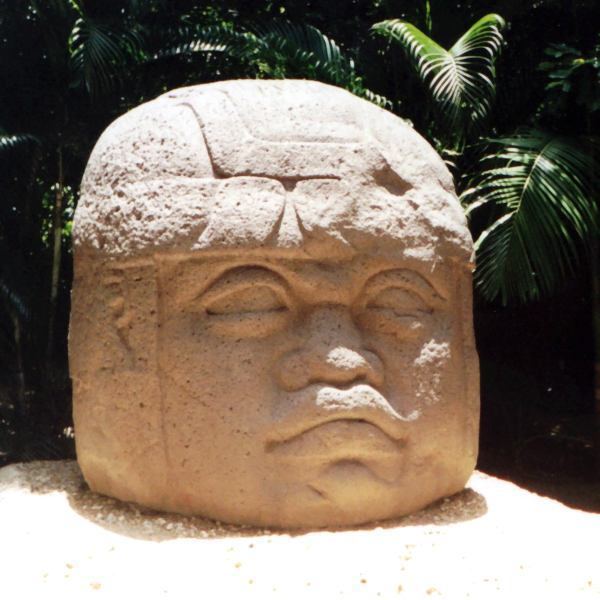 | ||
The 6th century BC started the first day of 600 BC and ended the last day of 501 BC.
Contents
- 590s BC
- 580s BC
- 570s BC
- 560s BC
- 550s BC
- 540s BC
- 530s BC
- 520s BC
- 510s BC
- 500s BC
- Unknown Events
- Political leaders
- Arts and entertainment
- Literature
- Philosophy and religion
- Inventions discoveries introductions
- Sovereign States
- References
This century represents the peak of a period in human history popularly known as Axial Age. This period saw the emergence of five major thought streams springing from five great thinkers in different parts of the world: Buddha and Mahavira in India, Zoroaster in Persia, Pythagoras in Greece and Confucius in China. Pāṇini, in India, composed a grammar for Sanskrit, in this century or slightly later. This is the oldest still known grammar of any language.
In Western Asia, the first half of this century was dominated by the Neo-Babylonian or Chaldean empire, which had risen to power late in the previous century after successfully rebelling against Assyrian rule. The Kingdom of Judah came to an end in 586 BC when Babylonian forces under Nebuchadnezzar II captured Jerusalem, and removed most of its population to their own lands. Babylonian rule was ended in the 540s by Cyrus, who founded the Persian Empire in its place. The Persian Empire continued to expand and grew into the greatest empire the world had known at the time.
In Iron Age Europe, the Celtic expansion was in progress. China was in the Spring and Autumn period.
590s BC
580s BC
570s BC
560s BC
550s BC
540s BC
530s BC
520s BC
510s BC
500s BC
Unknown Events
Political leaders
Arts and entertainment
Literature
Philosophy and religion
Inventions, discoveries, introductions
Sovereign States
See: List of sovereign states in the 6th century BC.
